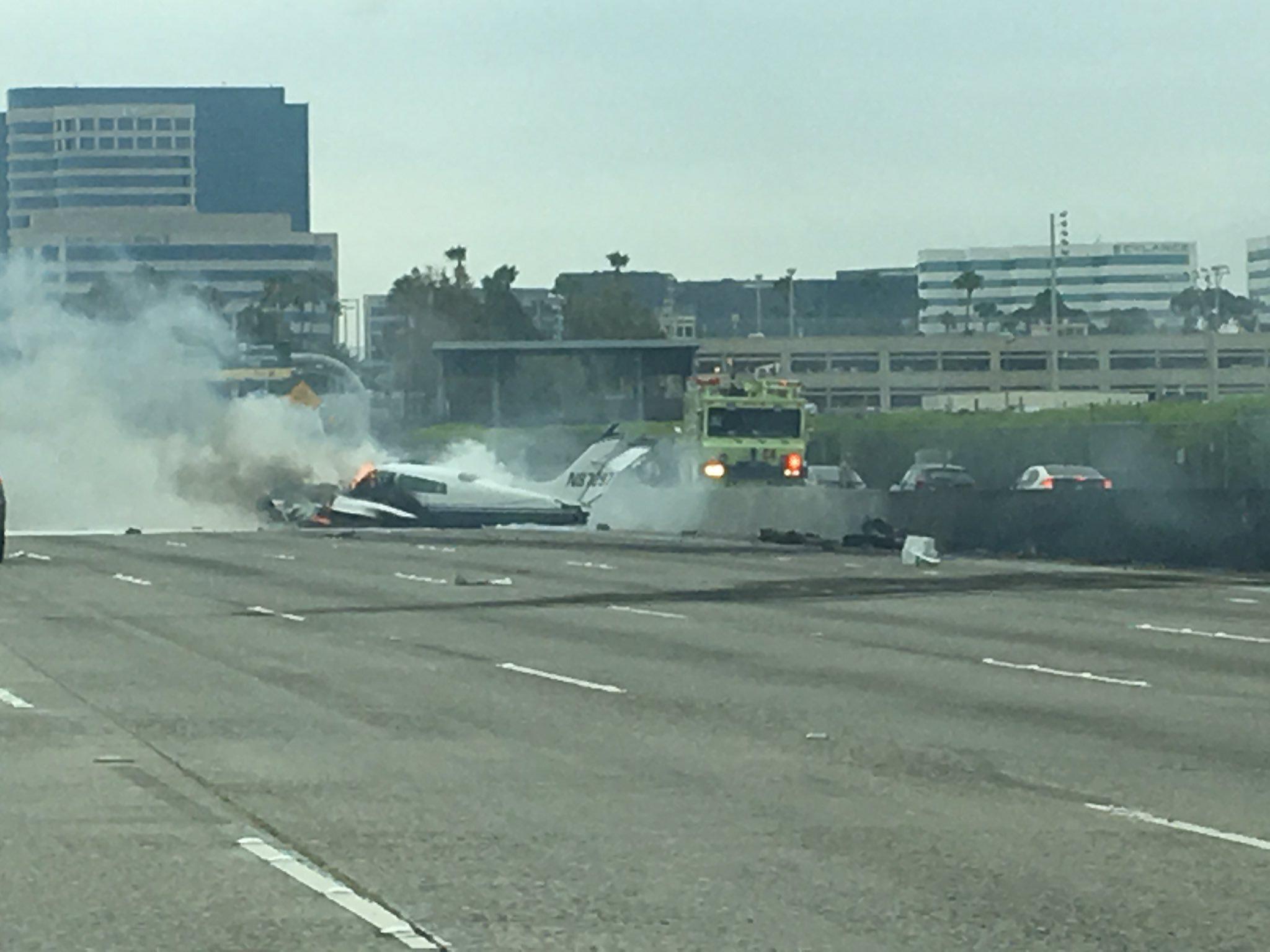
Seven of the passengers’ stories are featured in Hernandez’s 2017 book, All They Will Call You. Hernandez has spent the last 13 years traveling across California and Mexico, collecting fragments of what happened on that fateful day, and the stories of the people who were killed. “That song hung in the air for 60 years, until the son and the grandson of migrant farmworkers, born and raised here in the San Joaquin Valley, decided, I wanted to answer that question: ‘Who are these friends?’” The 28 Mexican laborers were buried in a mass grave at Fresno's Holy Cross Cemetery in 1948. “Those lyrics: ‘Who are these friends all scattered like dry leaves? The radio says they are just deportees,’” Hernandez said. Hernandez started investigating who they were, as part of an effort to restore the dignity of their names and stories. The Mexican passengers remained unnamed, memorialized only in the song, until author and American Book Award-winning poet Tim Z. And the band Outernational recorded a version of the song in 2012, as a commentary on modern-day anti-immigrant sentiment. The initial newspaper reports mentioned the names of the white crew members, but only referred to the Mexican passengers as “deportees.” That lack of recognition moved Woody Guthrie to write a song called “Deportee (Plane Wreck at Los Gatos)” that has become a folk anthem, sung by artists including Bob Dylan, Joan Baez, Bruce Springsteen, Joni Mitchell, Sweet Honey in the Rock, and more. Officials examine the wreckage from the January 1948 plane crash near Coalinga. But the remains of the Mexican passengers were buried in a mass grave in Fresno. The bodies of the white pilot, flight attendants and immigration agent on board were sent home to their loved ones. immigration officials were in the process of deporting them back to Mexico. Many of their work contracts had ended, and U.S. The passengers were 28 Mexican braceros - workers brought to the U.S. 28, 1948 crashed into a canyon near the Central Valley town of Coalinga, killing the 32 people on board. A flight heading from Oakland to the Mexican border on Jan. A preliminary report is expected to be published 15 days after the accident, but a complete investigation will take 12 to 24 months to complete, she said.This year marks the 75th anniversary of one of the worst plane crashes in California history. The NTSB is working with a salvage company to retrieve the plane.Ĭrash investigators are collecting information about the plane’s maintenance history, the pilots’ background and training, and satellite communication data on the plane’s flight, Sulick said. “At this time, investigators believe there was enough fuel, but the system wasn’t properly transferring the fuel from the added ferry tanks to the main tanks,” she said. The aircraft, which normally would not be able to hold enough fuel to make it to Hawaii, was outfitted with a supplemental fuel system, known as a ferry tank, which would allow it to make it that far, Sulick said, describing it as a fairly normal practice.

The National Transportation Safety Board, which is investigating the incident, said Monday that it is looking at fuel starvation - when insufficient fuel is delivered to the engine - as a potential cause of the crash.įuel starvation is not the same as fuel exhaustion or running out of fuel, said spokesperson Sarah Taylor Sulick.

The San Mateo County Coroner’s Office said Monday afternoon that it had not received the bodies for identification, and that officials at the office were not sure whether they would. Their bodies were not immediately removed from the plane, West said. The Coast Guard was alerted to the emergency and sent out a helicopter, which spotted the plane, upside down and partially submerged about 40 miles west of Half Moon Bay, where the plane had apparently been headed after it developed fuel problems, Coast Guard officials said.Ī rescue swimmer found both of the plane’s occupants in the cockpit, unresponsive, Coast Guard officials said. Coast Guard spokesperson Petty Officer 2nd Class Matthew West. Shortly into the flight, with the plane about 70 miles off the coast, the pilots radioed air traffic controllers in Oakland to report that they were having mechanical problems and were headed to Half Moon Bay but didn’t expect to make it, according to U.S.


 0 kommentar(er)
0 kommentar(er)
